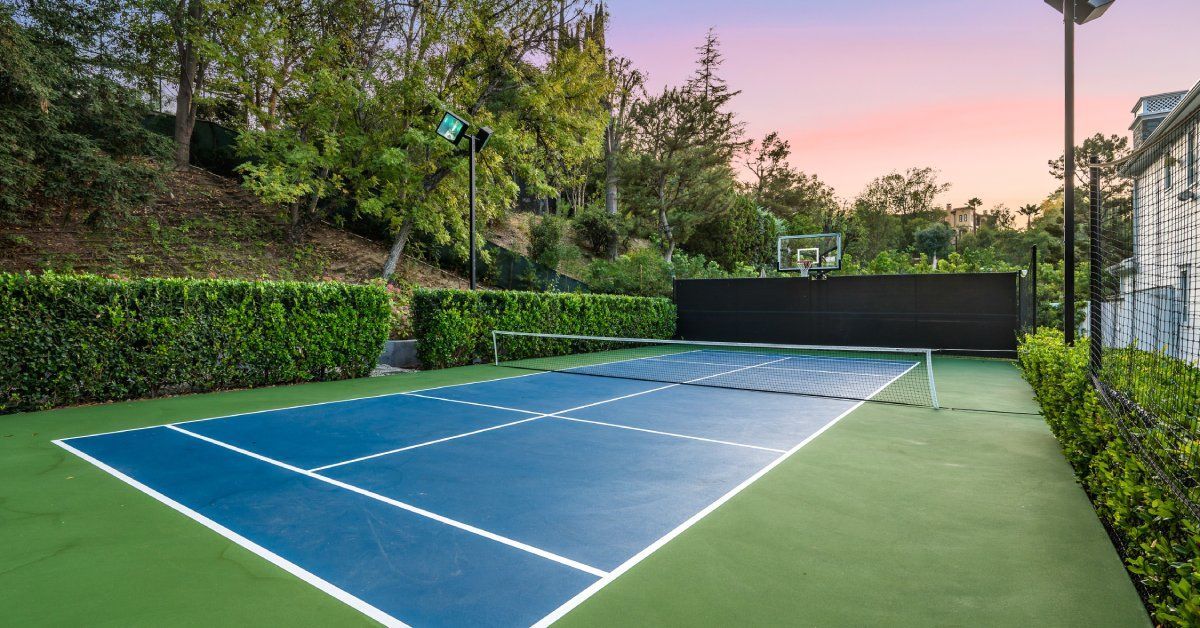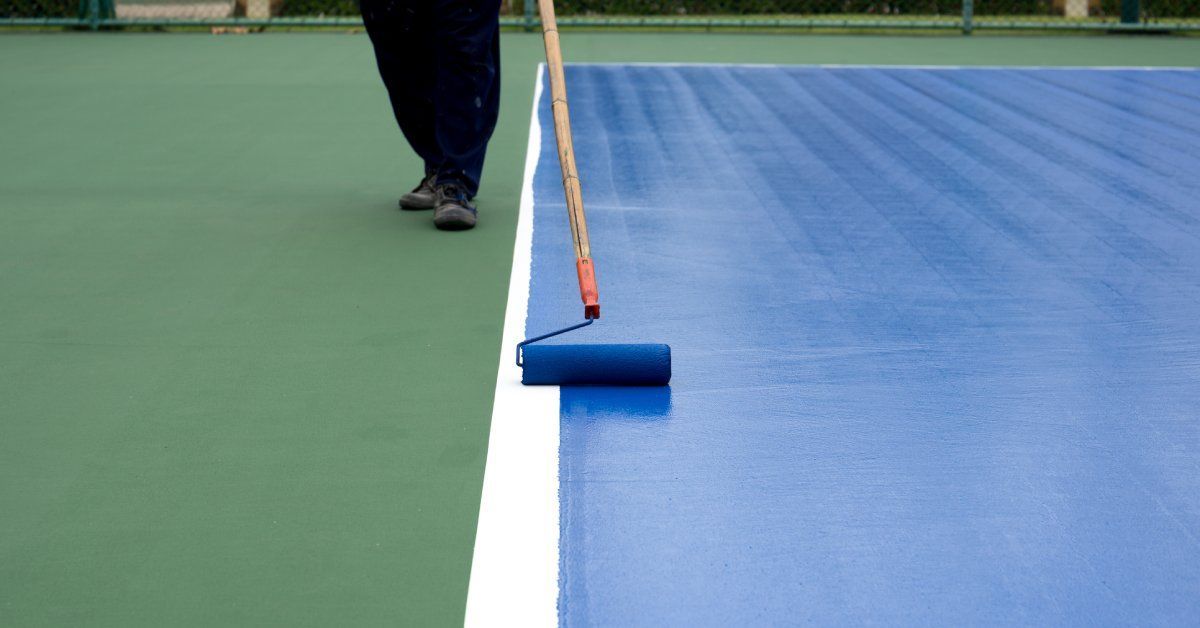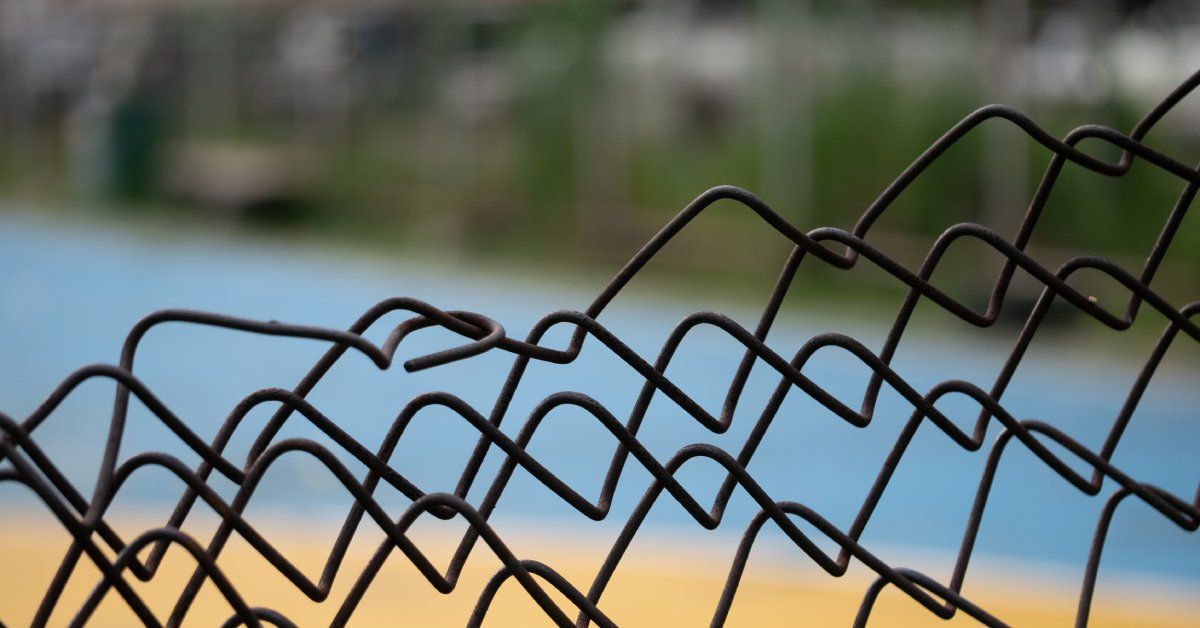5 Tips for Enhancing Safety on Your Athletic Court

Outdoor athletic courts provide a fun and active environment for sports enthusiasts, families, and communities. However, without proper precautions, accidents and injuries can occur, leading to unnecessary risks. Regular care and proactive steps ensure a safer environment for everyone, whether they’re playing a competitive match or practicing drills.
Promoting a safe playing area doesn’t require extensive effort but does demand consistency and a focus on practical strategies. Allstate Landscape’s five essential tips for creating and maintaining a safe court will help you protect players.
Conduct Regular Maintenance and Inspections
Regular maintenance remains one of the most critical steps to keeping a court safe. Inspections uncover small issues like cracks, surface wear, or uneven areas that could lead to larger hazards.
Proactively addressing these problems ensures the court remains a safe environment for players of all ages and skill levels. Proper maintenance also extends the lifespan of the court, ensuring better value over time.
Address Surface Wear and Tear
Surface damage often starts small but grows into a significant safety risk if ignored. Cracks can trip players, while gaps in the surface can cause ankles to twist or strain. Repairing damage immediately prevents accidents and ensures a smoother playing experience.
Using quality materials for repairs is vital. Resurfacing with slip-resistant coatings provides an added layer of safety, especially in areas prone to wet conditions.
Basketball and tennis courts often benefit from resurfacing every three to five years to maintain durability. Players feel more confident moving at high speeds on smooth, safe surfaces, and that confidence can reduce the risk of injuries.
Plan Routine Inspections
Routine inspections identify potential risks early. Walk the entire court regularly and assess the condition of the surface, lines, and equipment. Seasonal changes, such as winter freezes or heavy summer rains, can accelerate wear and tear, making inspections even more important. Working with athletic court construction experts like Allstate Landscape Services makes these routine inspections and repairs easier.
Extend inspections to surrounding areas, such as fencing and nearby walkways. Loose fences, sharp edges, or overgrown vegetation can pose risks to players retrieving balls. Thorough inspections build trust among users who know the court want a consistently monitored and maintained playing area. Enhancing safety on your court must start with diligence and attention to detail during routine upkeep.
Ensure Proper Court Markings and Visibility

Clear and well-maintained court markings improve both gameplay and safety. Players rely on these markings to understand boundaries, maintain spacing, and avoid collisions. Courts with faded or unclear lines often lead to confusion, resulting in unnecessary injuries or disputes during games.
Choose High-Contrast and Durable Markings
Using high-contrast colors for markings ensures visibility even in low-light conditions or during fast-paced play. White lines on dark surfaces like asphalt or blue courts stand out, reducing missteps. Paints designed specifically for courts provide long-lasting results that resist fading, even with regular use.
Non-slip paints offer an additional safety benefit. When paired with proper resurfacing, they reduce slips and falls, especially in areas prone to moisture. Multi-purpose courts benefit greatly from these measures, especially for sports where players pivot quickly or change direction at high speeds.
Repaint Lines When Necessary
Faded lines create confusion about boundaries and zones, leading to unsafe play. A regular repainting schedule ensures markings remain sharp and visible. Courts with clear lines also provide a professional appearance, which encourages users to respect the space and follow safety rules.
Markings must remain accurate for specific sports. Basketball courts, for instance, require precise dimensions for free-throw lanes and three-point arcs. Misaligned or inaccurate lines may cause players to focus more on boundaries than the game and cause more collisions.
Optimize Lighting for Evening Play
Lighting enhances safety by allowing players to see clearly during evening games. Poor lighting creates shadows and dark spots, which increase the risk of accidents. Properly installed and maintained lighting systems ensure visibility and extend court usability into the evening hours.
Position Lights Strategically
Position lights at the right height and angles to ensure even illumination across the court. Fixtures mounted too low create glare, while those placed too high may cast shadows. Installing lights on multiple sides of the court eliminates blind spots. Players can then track the ball better and avoid obstacles.
Select Durable Fixtures
Outdoor courts require fixtures that can withstand weather conditions, including rain, wind, and extreme temperatures. Durable materials, such as powder-coated aluminum or stainless steel, resist corrosion and maintain performance over time. Investing in quality fixtures reduces the likelihood of failures, ensuring the court remains well-lit year-round.
Regularly cleaning light fixtures and replacing burned-out bulbs prevents gradual declines in lighting quality. Bright, consistent illumination allows players to focus on the game rather than worrying about their surroundings.
Add Safety Accessories

Safety accessories provide additional layers of protection for players and spectators. From padded supports to secure fencing, these features minimize injuries and create a more controlled environment.
Install Padded Supports
Install pads securely to ensure they remain effective. Padded supports protect players during fast-paced sports where accidental collisions occur. Volleyball and tennis courts benefit from padded net posts that absorb impact and reduce the risk of serious injuries.
Basketball hoops with padded bases or pole covers also improve safety during aggressive play. Choosing weather-resistant materials prevents degradation and increases the longevity of the padding under frequent outdoor use. Players feel more confident moving near equipment when they know padding provides added protection.
Use Protective Fencing
Fencing serves multiple purposes on athletic courts, including containing stray balls and preventing unauthorized access. Properly installed fencing reduces the risk of players tripping over boundaries or running into unsafe areas, such as nearby roads or parking lots.
Chain-link fences with coated surfaces offer durability and minimize sharp edges. Courts in high-traffic areas may benefit from taller fences that prevent balls from flying out.
Gates with secure latches maintain accessibility while ensuring the court remains controlled and organized. Enhancing safety on your court becomes easier with simple yet effective accessories tailored to the needs of players and the environment.
Promote Safe Practices Among Players
Safety practices among players significantly reduce the likelihood of injuries. A clear set of rules, combined with proper player education, will create an environment where safety remains a top priority. Encouraging players to respect the space and follow guidelines ensures everyone can safely enjoy the court.
Share Safety Guidelines
Communicating safety rules to players helps set expectations for behavior on the court. Rules may include prohibitions against aggressive physical contact, instructions for proper equipment use, and guidelines for managing disputes during games. Posting rules on signage near the court reinforces their importance.
Promote Warm-Ups Before Play
We at Allstate Landscape Services encourage court owners to take these proactive steps to maintain safety. Warm-up routines prepare players for physical activity and prevent muscle strains or injuries. Stretching exercises, light jogging, and dynamic movements improve flexibility and circulation, ensuring players feel ready for action.
Youth or beginner players benefit from warm-up habits that enhance safety and performance. Coaches and organizers should make warm-ups a regular part of every game or practice session.
Court owners can improve safety by incorporating these five tips into their care routines. Simple efforts, like regular maintenance, proper lighting, and promoting safe practices, reduce risks and enhance enjoyment for everyone. Focusing on safety creates a reliable and trusted environment for recreation and competition.
